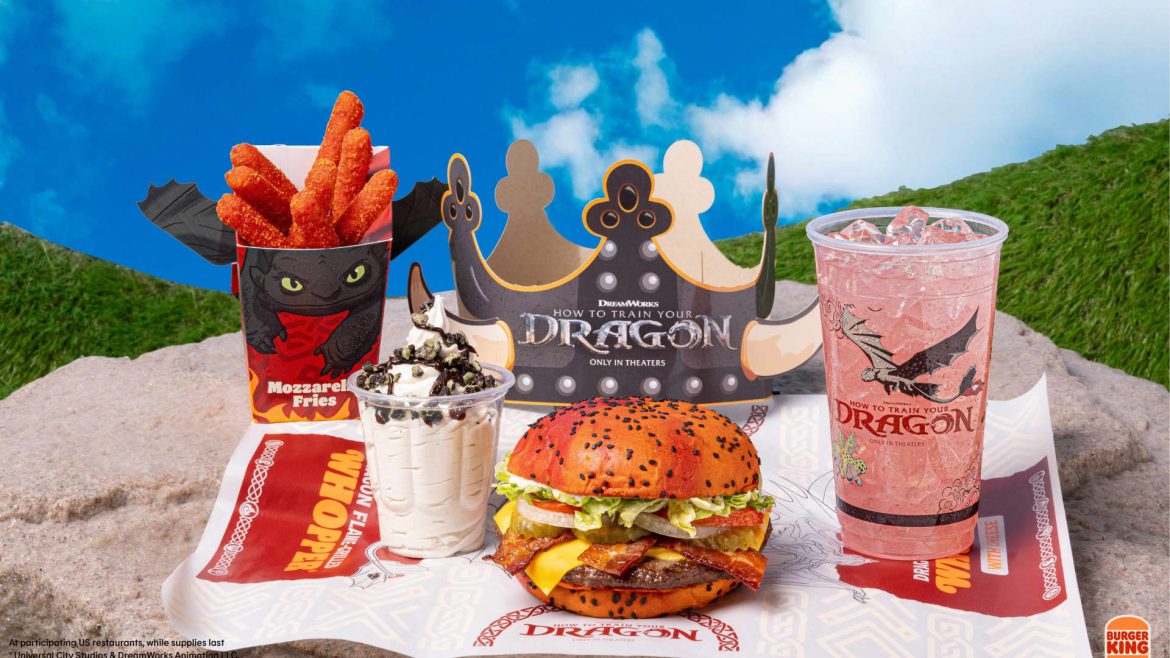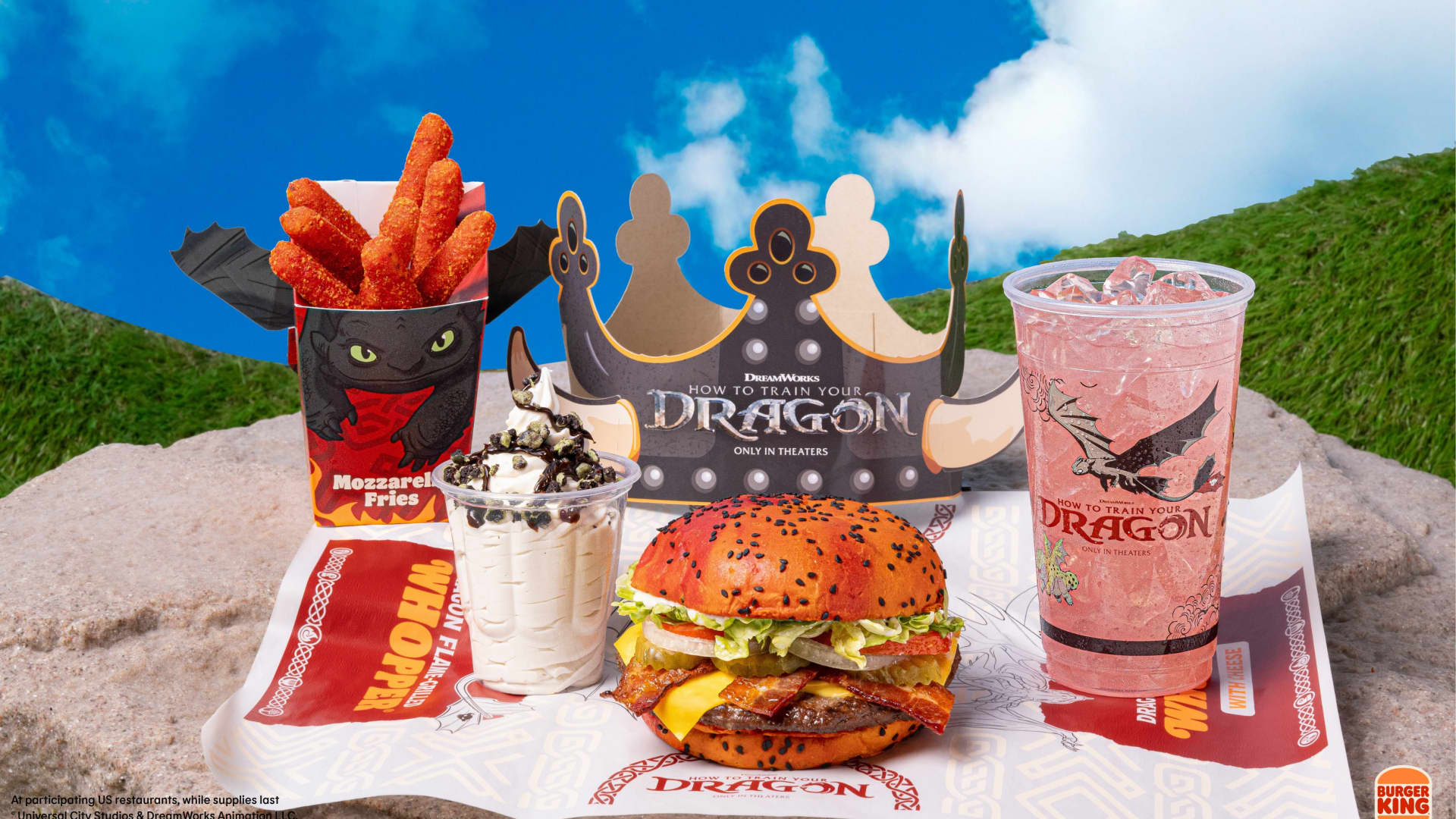Burger King’s Strategic Pivot Toward Families: A Multilayered Turnaround Approach
In recent years, Burger King has embarked on a significant transformation aimed at revitalizing its brand, boosting sales, and expanding customer engagement through a clever blend of product innovation, marketing partnerships, and brand repositioning. Central to this evolution is Burger King’s intensified focus on families as a core demographic—a classic yet potent market segment. This report dives deep into how Burger King is leveraging movie partnerships, revamped branding, and targeted campaigns to spearhead its turnaround and secure sustainable growth in the competitive fast-food space.
—
The Family-Centric Strategy: Why It Matters
Families remain a crucial consumer base for quick-service restaurants (QSRs) due to their frequency of visits and influence on household dining decisions. Recognizing this, Burger King has deliberately moved away from prior marketing themes that sometimes skewed toward humor aimed at young adults or “bro-culture.” Instead, the chain now embraces a “family-first” approach featuring wholesome, inclusive, and interactive offerings.
This pivot reflects an explicit mission to reignite loyalty among parents and children, targeting not just individual meals but memorable dining experiences. It positions Burger King to compete effectively with rivals who have long used family-friendly campaigns to drive brand affinity.
—
Partnership Power Plays: Movie Tie-Ins and Entertainment Collaborations
One of Burger King’s most visible tactics is its strategic alignment with major movie studios and popular children’s entertainment brands. Noteworthy partnerships include collaborations with DreamWorks and Nickelodeon, two powerhouses in family and kids’ content.
– “How to Train Your Dragon” Promotion: Burger King’s launch of new menu items inspired by the recent “How to Train Your Dragon” film exemplifies this partnership-driven marketing. Themed products, such as colored Whopper buns, create novelty that appeals to children and adds a sense of occasion for families dining out.
– Extended Multimedia Initiatives: Burger King’s exclusive, multi-year agreements with Nickelodeon integrate beyond simple promotions. These alliances include kid’s meal tie-ins, immersive live entertainment, and unique digital content like online comics, enhancing brand interaction across channels.
– Past Movie Tie-Ins: The legacy of successful collaborations such as those with Paramount Pictures (e.g., Star Trek, Transformers, G.I. Joe) demonstrates Burger King’s capacity to harness blockbuster excitement as a vehicle for brand exposure and menu innovation.
These partnerships support Burger King’s broader “Reclaim the Flame” strategy by injecting freshness into its offerings and creating emotional connections with a younger audience and their families.
—
Innovations in Menu and Brand Presentation
Burger King’s reintroduction to family audiences isn’t solely dependent on external collaborations. It also involves thoughtful product innovation and modernization of its image.
– Menu Creativity: The introduction of colorful buns linked to movie themes and other limited-time offerings generates buzz and incentivizes visits. It showcases Burger King’s commitment to playful experimentation—which appeals to kids—while maintaining core product appeal.
– Brand Modernization: Renovations under the “Royal Reset” program and strategic remodeling of franchise locations aim to modernize the customer experience both digitally and physically. The goal is to have 85%-90% of Burger King outlets sporting a contemporary look by 2028, creating an inviting atmosphere for families.
Together, these initiatives support a cohesive brand narrative: fun, family-friendly, and forward-thinking.
—
Marketing and Advertising: Reshaping Perception
Burger King’s marketing efforts have evolved to align with the family-centric theme, shifting away from edgy or controversial campaigns toward more wholesome messaging that builds trust.
– Advertising Spend & Campaign Focus: Allocating $120 million over two years signals a serious investment into brand building among younger and more diverse customers. Ads increasingly highlight family moments, emphasizing togetherness and enjoyment.
– Digital and Social Media: Burger King leverages social media to engage with families by promoting movie tie-ins and interactive content. Online platforms allow targeted campaigns that can deliver value-added experiences to children and parents alike.
Moreover, loyalty programs and promotions such as “Buy One Get One Free” deals foster repeat visits and deepen customer retention—a key metric for long-term success.
—
Leadership Insights and Long-Term Vision
Statements from Tom Curtis, President of Burger King North America, underscore that the current turnaround isn’t a short campaign but a multiyear growth strategy branded “Reclaim the Flame.” This phased approach involves continuous learning from past efforts, refining franchise partnerships, and doubling down on family engagement to build lasting loyalty.
The incremental progress—evident in initial sales growth and positive reception of new initiatives—emboldens Burger King to maintain its trajectory, even amid fierce market competition and evolving consumer preferences.
—
Conclusion: Reclaiming the Family Table
Burger King’s decisive shift toward a family-focused strategy powered by movie partnerships, menu innovation, and modernized branding illustrates a comprehensive and dynamic approach to brand turnaround. By moving beyond gimmicks to meaningful engagement through entertainment collaborations and optimized customer experiences, Burger King is crafting a renewed identity that resonates with today’s families.
As the brand reclaims its flame with this revitalized focus, it not only aims to restore sales momentum but also seeks to embed itself as a beloved family dining destination for the future. This layered methodology of combining nostalgic warmth with fresh innovation could well serve as a blueprint for competing QSRs looking to withstand the test of time in an intensely competitive landscape.





